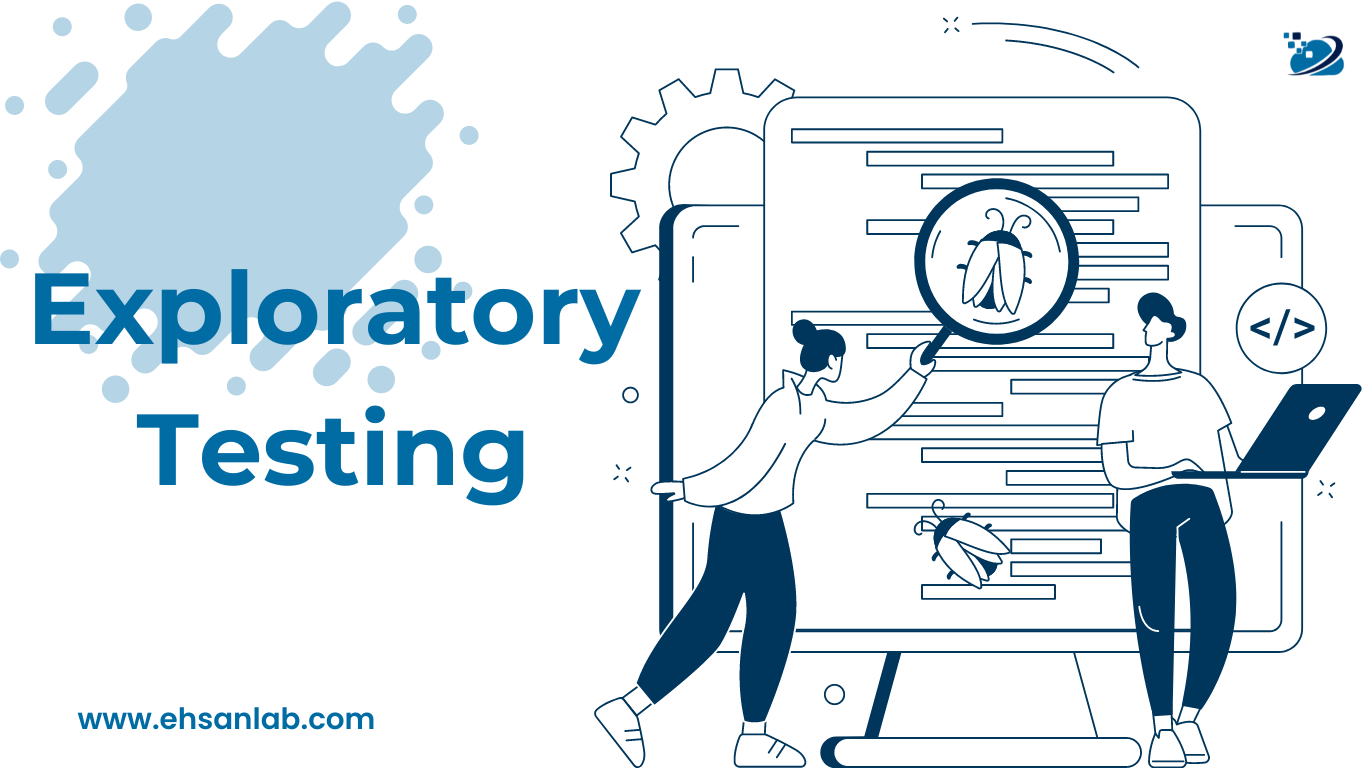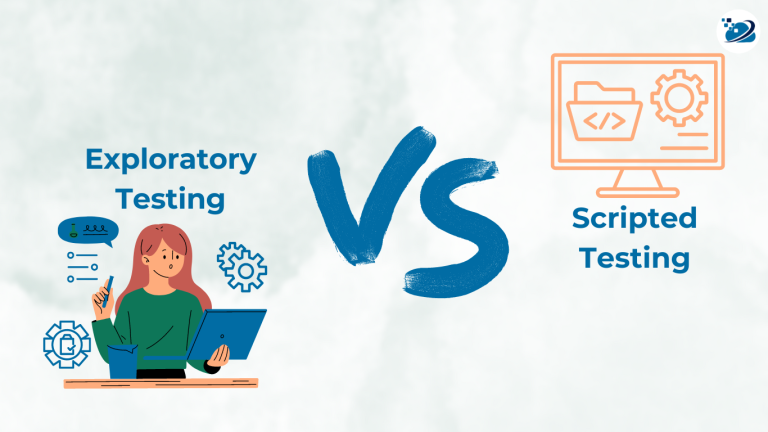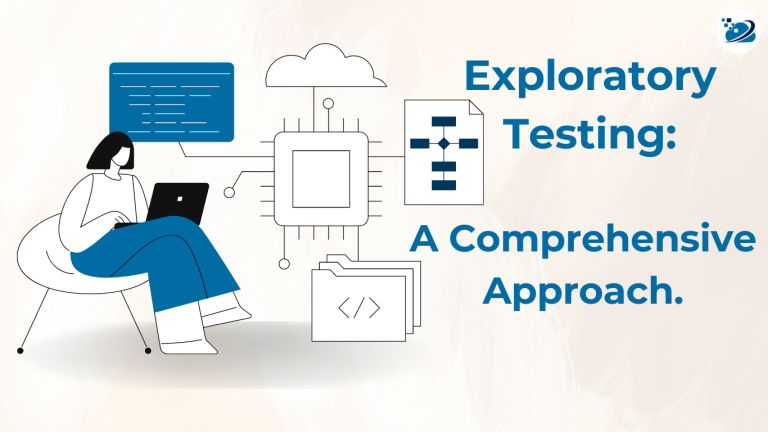
If you are a software tester, you know how important it is to deliver high-quality software to your clients. But how do you ensure that your software testing is effective and efficient?
One of the best ways to enhance your software testing is to use exploratory testing. In this practical guide, We will explain what exploratory testing is, why it is beneficial, how it compares to scripted testing, and how to apply it in your testing projects. So, let’s dive in!
What is Exploratory Testing?
Exploratory testing is a testing method that involves interacting with the software application in a creative and spontaneous way, based on your intuition, experience, and domain knowledge. Unlike scripted testing, which follows predefined test cases, exploratory testing allows you to explore the software as an end user, looking for defects and unexpected behaviors.
The Advantages of Exploratory Testing:

Exploratory testing has various advantages that make it an important part of your testing strategy:
Unexpected Defects:
By using an exploratory technique, testers have the ability to examine numerous user situations. This allows them to detect faults that programmed testing might overlook. Testers discover crucial flaws that were not initially intended for by using creative thinking and hands-on inquiry.
Adaptability and Flexibility:
In the fast-paced world of software development, needs might change quickly. Exploratory testing is extremely versatile, allowing testers to change their testing methodology on the fly. This adaptability guarantees that testing stays relevant and successful even in dynamic project situations.
Immediate feedback:
One of the primary advantages of exploratory testing is its ability to deliver rapid response. Because testers engage with the programme in real-time, they can instantly detect possible flaws. This quick feedback loop enables for timely bug reporting and correction.
Effective in Agile Environments:
As Agile approaches gain popularity, exploratory testing has found a home in Agile testing practices. Its iterative and adaptive nature complements Agile development wonderfully, making it an important method in Agile projects.
Using Testers’ experience:
In exploratory testing, testers offer their particular experience and domain knowledge. They may use this information to create relevant test scenarios and highlight flaws that automated testing may miss.
Exploratory Testing vs. Scripted Testing:

Exploratory testing and scripted testing are two separate testing methods, each with their own set of advantages:
Coverage and Depth:
Scripted testing follows predefined test cases, ensuring structured test coverage. Exploratory testing, on the other hand, encourages diverse exploration and can uncover unexpected defects, thus complementing the structured approach of scripted testing.
Verification vs. Discovery:
Scripted testing deals with confirming expected behaviors and performing regression tests. Exploratory testing thrives on uncovering faults, user experience difficulties, and other usability issues that may not have been expressly programmed.
Early and Continuous Testing:
Scripted testing is commonly used when the application is stable and the requirements are well-defined. In contrast, exploratory testing can begin early, even during the design process. This offers constant feedback and early defect discovery throughout the development process.
Conclusion:

In conclusion, exploratory testing is a strong and adaptable testing technique that supports scripted testing in the detection of important flaws. Exploratory testing reveals problems that scripted tests might overlook by harnessing testers’ creativity and experience. When paired with structured scripted testing, it results in a complete testing approach that provides a resilient and high-quality software application.
Consider include exploratory testing in your testing arsenal as a software testing engineer. Accept its flexibility and the useful insights it brings. Exploratory testing, in conjunction with scripted testing, will help you create great software solutions that surpass user expectations. Happy testing!


